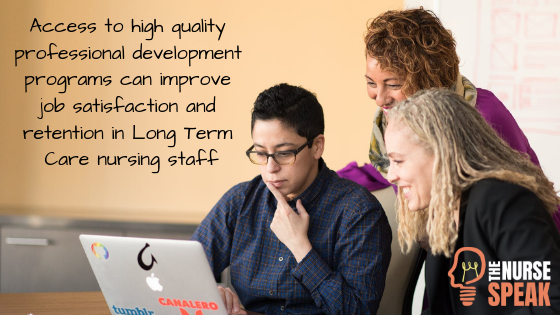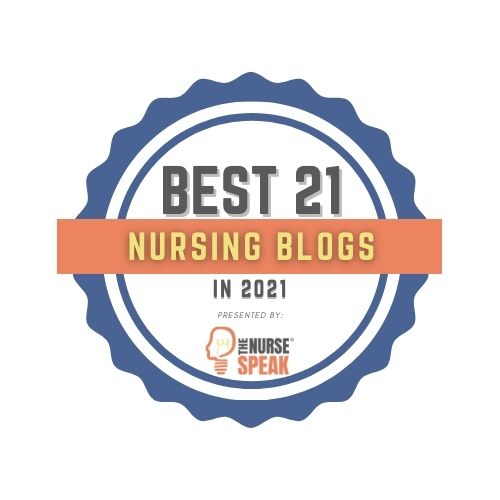There are many complex issues in the Long Term Care healthcare setting that affect nursing staff job satisfaction and retention. In an environment that focuses on incredibly challenging chronic illness management coupled with a percentage of minimally educated and inexperienced nursing staff, LTC facilities find themselves experiencing sub-optimal patient/resident outcomes, nursing job dissatisfaction, and poor nursing staff retention.
To be very clear, mentioning minimally educated and inexperienced nursing staff is not in any way meant to be disrespectful or dismissive of the vital roles that each member of the nursing team plays. I too was once one of those inexperienced nurses who hated my job, and left as soon as I possibly could. I didn’t leave because I doubted my ability to learn. I didn’t leave because I felt that the work was beyond my skill set. I didn’t leave because the work was embarrassing, degrading, and at times – down right horrifying. I left the LTC setting after one and a half years because my healthcare organization did not have any professional development programs to help me grow as a nurse.
The understanding that access to continual professional development resulting in improved nurse job satisfaction shouldn’t be a novel idea, especially when considering how complex the role of nursing is in today’s healthcare marketplace. According to a recent study, consistent, comprehensive and relevant professional development in nursing is has been found to improve competence, accountability and job satisfaction among all experience levels and specialties of nursing staff.
Speaking from professional experience, when healthcare facilities operate primarily in a reactive phase of nursing professional development and education, such as providing education and training after a sentinel event, nursing staff feel that the focus is on their mistake, rather than empowering them with the knowledge and skills to prevent further incidents. However when facilities focus on implementing proactive education and training programs, such as preceptor workshops, real-time coaching, in-facility certification prep classes, and internal career ladder programs, they experience improved job satisfaction and staff retention.
A great example of proactive professional development initiative is to invest in and support an internal LPN to RN program. Something as simple as this could positively impact a LTC facility in many ways. One of the biggest advantages of implementing a program like this is that facility leadership can have the LPN to RN candidate enter into a contract that guarantees a certain length of employment within that facility. This alone can drastically improve retention rates and save the facility a lot of money.
According to the 2016 National Healthcare Retention & RN Staffing Report, the average cost of turnover per nurse ranges from $37,700 to $58,400. Most LPN to RN bridge programs are about one year in length and costs anywhere between $5,000 to $25,000 depending on the school – which is significantly cheaper than the costs a facility pays when they lose a nurse.
Additionally, when nursing staff are engaged in learning, professional development and are offered tangible incentives such as an additional certification, a degree, a pay increase, or a promotion, they are much more loyal to their employers because they are much more satisfied within their role.
So how do we get facility administrators, COOs and other members of Leadership to buy into these proactive professional development and training programs? Perhaps that is a discussion for another time.
If you have any tips, suggestions, or ideas that can expand on the information within this article, please feel free to leave your thoughts in the comments section below!
Best Wishes,
-Damion














